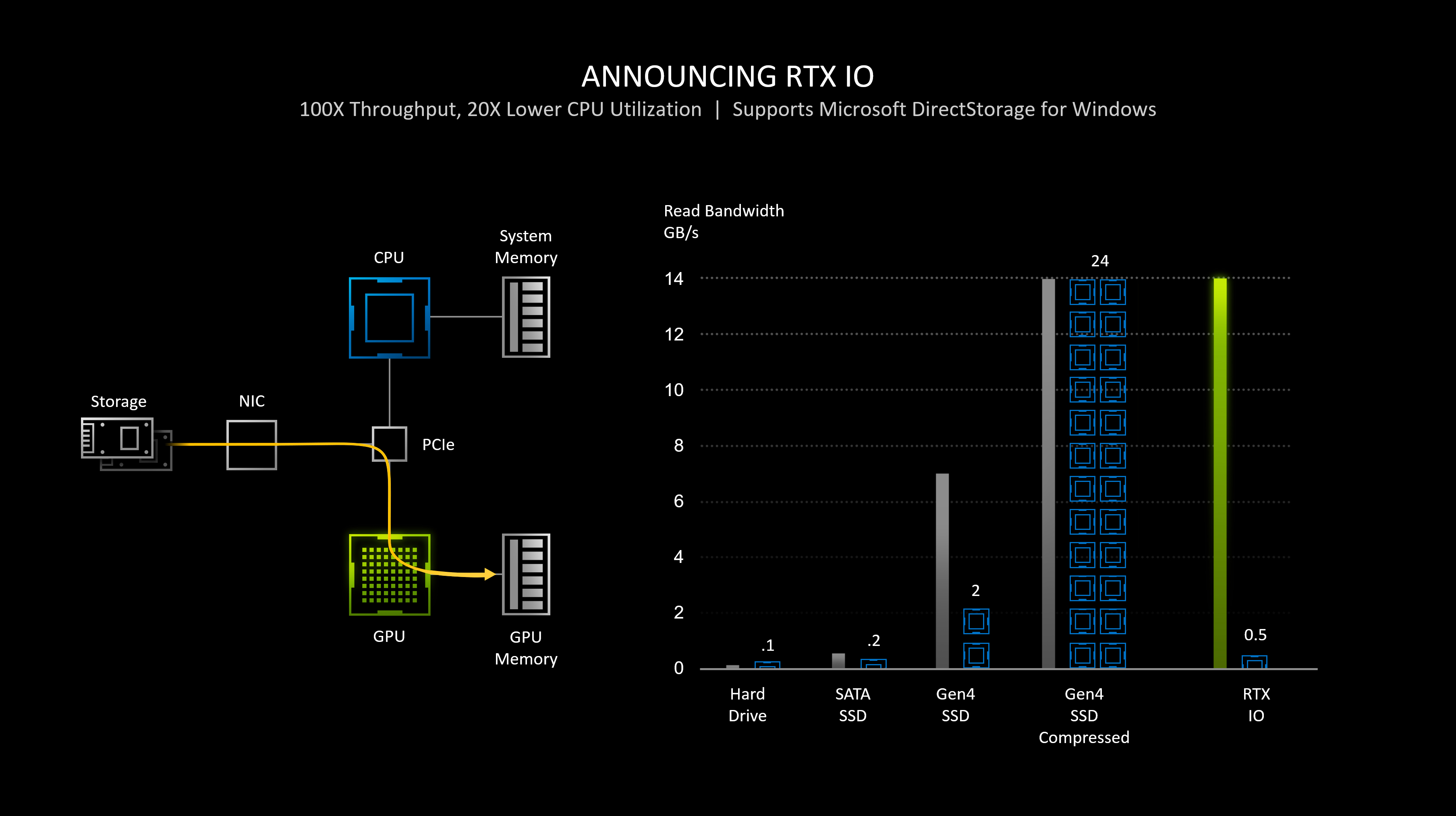Right. But resulting experience of games wouldn’t be much fun either. Instead of stalling trying to stream random assets in and out; now your loading 3-4X the amount of textures into memory to account for random access during the level load to compensate for slower seek times.I think there's a lot of validity in the argument that you can't scale down to HDD levels of performance (unless you have a very big pool of RAM to pre-cache a significant proportion of the game to).
It’ll work, but not fun or desirable to sit there waiting on a slower HDD just to get the game going.
Consoles are already very convienent with suspend mode to get going into gaming and get out “20 minute sessions between breaks”. PCs still have a load time to deal with which can be reduced with SSD, but I would definitely check out of PC gaming if they decided to go the RAM drive route and slow HDDs. My time is worth more than a loading screen.

